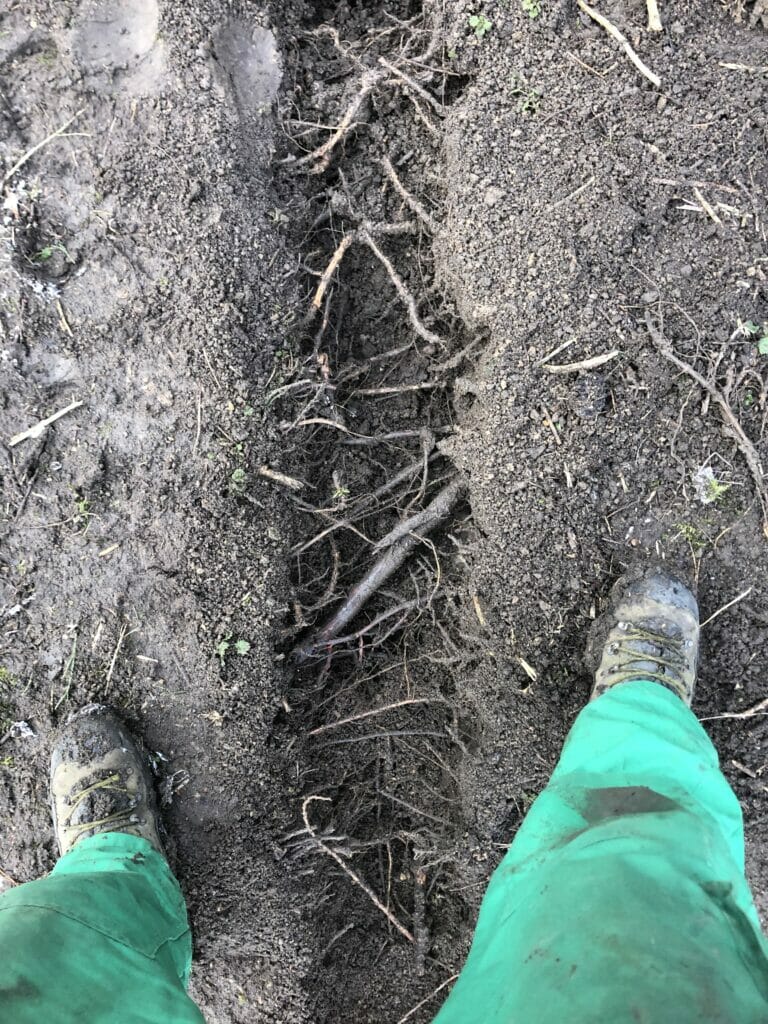My last few posts could be taken as being negative towards the AirSpade.
In some ways, I suppose they have been, but it wasn’t the original intention to just sit and bash the AirSpade. I wanted to be honest about what I think it’s capable of and explain why we use some of the other kit we do instead of just relying on one thing to do everything.
First Things First
The AirSpade was originally designed as an excavation tool for digging round services while not causing damage. It’s not just tree roots that don’t like digger buckets going through them, electric cables and gas mains really don’t appreciate it either and blowing the soil away, and in some cases having it sucked out at the same time with a vac-ex, is a lot less damaging to them as well.
Sometime later an ingenious little soul thought they’d be a good idea for digging round trees while causing minimal damage, and that they did. Before long they were being bandied as the saviour of trees and we could de-compact the soil and do all manner of wonderful things with them.

We’ve already written about why we don’t agree with everything others say so I won’t repeat them here.
But I will tell you what we use it for. First and foremost we use it for finding roots when we’re carrying out BS5837:2012 work. With the AirSpade we can map the exact position of root plates, rather than relying on the estimated rooting area and as such, we can clearly justify any incursions into the RPA or highlight why it’s not feasible. While we’re on the subject of finding roots it’s also incredibly useful for excavating roots to carry out decay inspections. A lot of consultants jump to snap decisions regarding root decay when certain fungal fruiting bodies appear, and instantly recommend removal or reduction. By using the AirSpade we can give an accurate answer as to the extent, or lack of, decay in the root plate and make an informed decision.
It also gives us the ability to introduce organic material into the rooting area, and while we don’t recommend turning over the entire rooting area as the level of damage to the soil and delicate beneficial fungal hyphae, spot excavations and vertical mulching can be incredibly beneficial to depleted soils.
And finally, at least for this AirSpade post.
We use it on tree moving jobs. Now tree moving is an underused methodology in the UK, but we’re huge believers in it. Why kill a tree that’s in an unsuitable place when you can simply move it, and the AirSpade helps us excavate small trees with minimal injury to the roots, and on large trees can help us map the extents of the rooting area and enable root pruning before bringing the big excavator in to help with the actual excavation and lifting of mature trees.